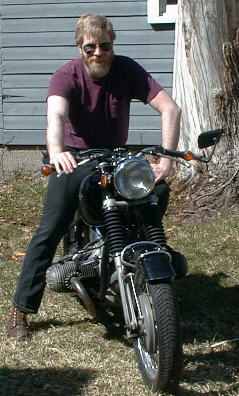He's not asking about the axle bud. The question was how are the fork tubes secured to the axle carrier/caliper bracket.
Axle carrier? What's that?
On all my motorbikes there are three critical fasteners.
1) Jesus nut on the end of the front axle. This serves to set up preload on the bearing/spacer stack inside the wheel.
2) Pinch bolts, two each that clamp on the two axle diameters left and right. The side with the jesus nut will be smaller
diameter than other side.
Assembly drill is: Slide axle in from large diameter side. Pass axle through the bearing stack in the center of the
wheel. There will be a spacer that needs to fit in between the wheel and the small diameter side, axle continues on through
this into and through the other fork. Nut goes on the end of this.
Tightening up the nut snug will bring the bearing preload close to correct. One interatively tightens the axle nut and the pinch
bolt on that side. Last step is torque the other side pinch bolt to spec.
Front motorbike wheels typically rely on the outboard spacer, and two inboard spacers (often these ride inside lip seals) to
bring the bearing stack to preload. The actual preload is set on the roller bearings by adjusting the difference between
inner and outer spacers in between the bearing pairs.


